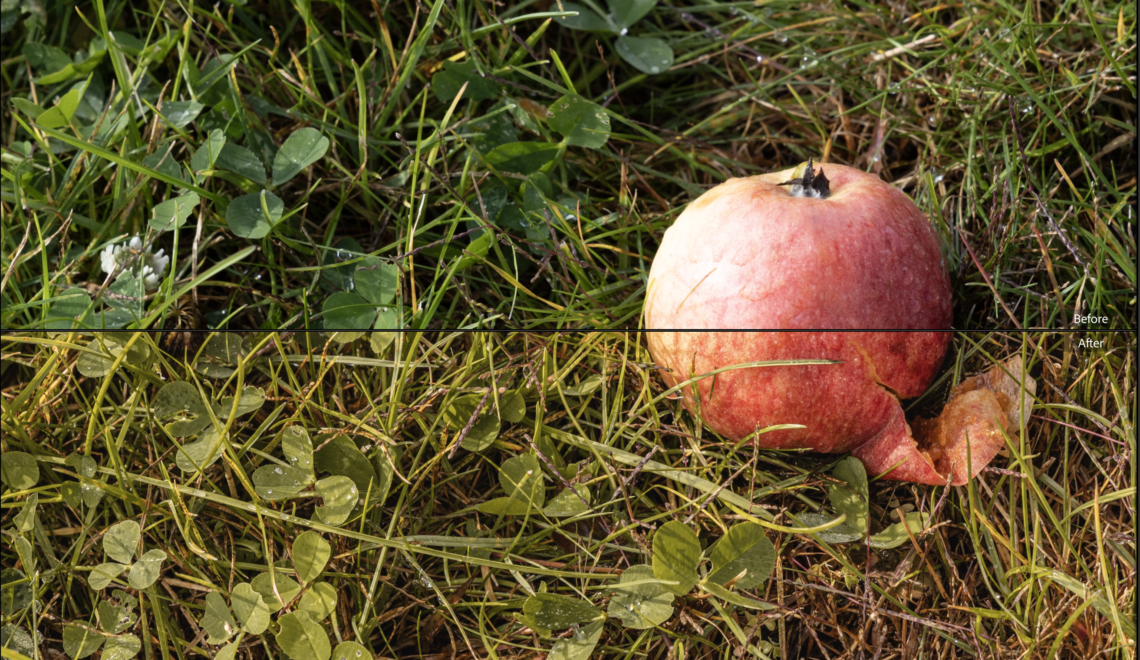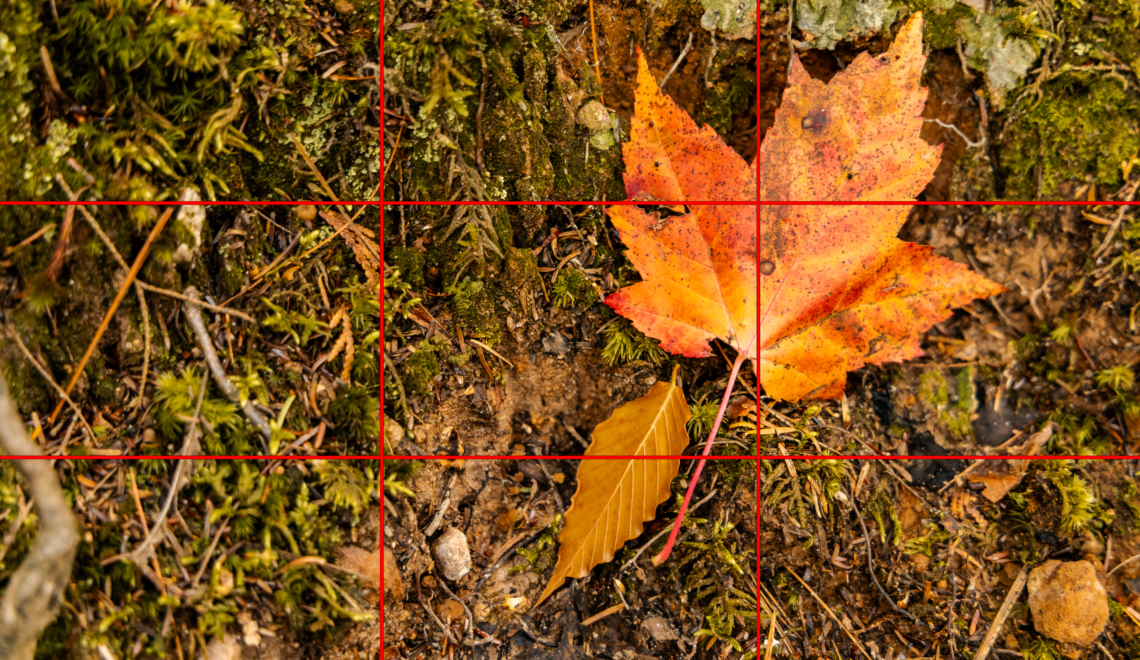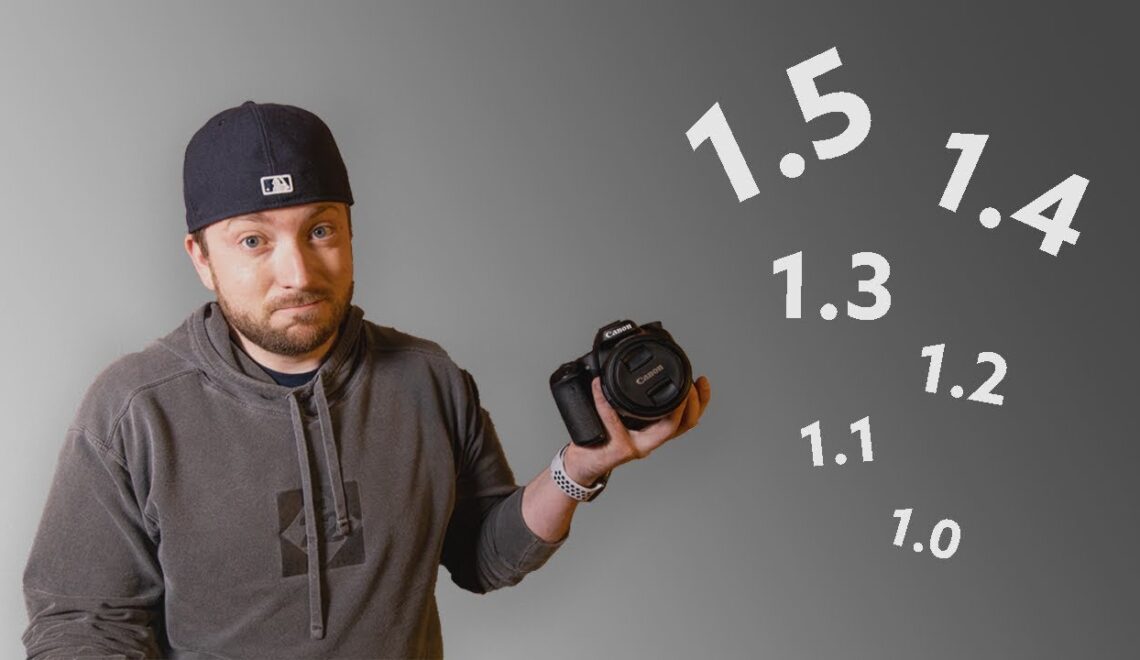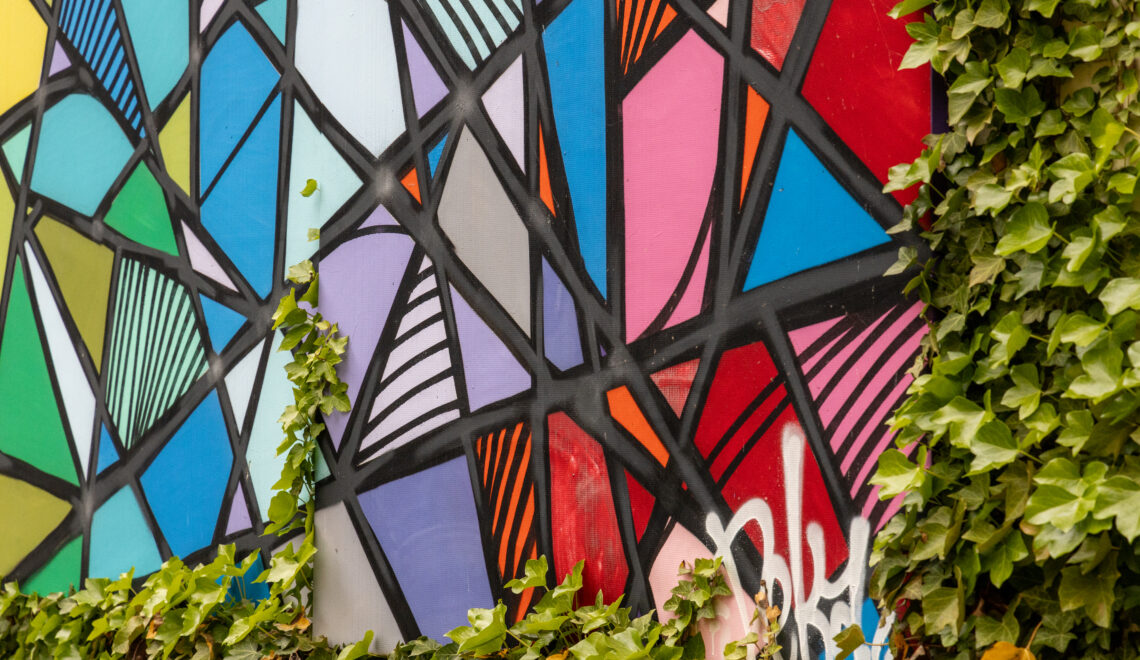
Are you a photography enthusiast who just bought a DSLR, or perhaps you’re aiming to elevate your photography skills? Either way, shooting in RAW format can significantly enhance your photos. In this post, we’ll explore the benefits of shooting in RAW and why it should be your go-to format.
What is RAW Format?
RAW images are unprocessed image files captured by your camera. Unlike JPEGs, which are compressed and processed, RAW files retain more data, providing greater flexibility during post-processing. This extra data storage makes RAW images much easier to edit than compressed formats.
Benefits of Shooting in RAW
1. Fix the Exposure
One of the most significant advantages of shooting in RAW is the ability to adjust the exposure during post-production. This means you can focus more on framing your subject and worry less about getting the perfect exposure in-camera. You can also intentionally overexpose or underexpose your images to create a more dramatic effect.
2. Generate More Color
Shooting in RAW captures a broader range of colors. RAW files can be either 12-bit or 14-bit, translating to 69.7 billion or 4.4 trillion color tones per pixel, respectively. This extensive color range provides a more accurate representation of the scene and offers more flexibility in color correction during editing.
3. Adjust White Balance
Modern cameras have improved auto white balance features, but they aren’t always perfect. Shooting in RAW allows you to adjust the white balance in post-production, ensuring your images have the correct color temperature and look natural.
4. Bring Out the Detail
RAW format enables the use of photo editing software to enhance image details. You can sharpen your images or reduce noise without distorting the picture, which is often a problem with compressed formats like JPEG.
5. Preserve Image Quality
Because RAW files are uncompressed, they preserve the highest possible image quality. This means that all the details captured by your camera’s sensor are retained, resulting in sharper, more detailed photos.
6. Non-Destructive Editing
Editing a RAW file is non-destructive, meaning the original data is never altered. You can always revert back to the original image, no matter how many changes you make. This gives you the freedom to experiment with different editing techniques without worrying about losing the original quality.
7. Greater Dynamic Range
RAW files have a greater dynamic range compared to JPEGs. This means they can capture more detail in the highlights and shadows, allowing for better adjustments to brightness and contrast during editing.
8. Future-Proof Your Images
As editing software continues to improve, having RAW files ensures that you can take advantage of new tools and technologies in the future. JPEGs, on the other hand, may not benefit as much from advancements in editing software due to their compressed nature.
How to Start Shooting in RAW
Check Your Camera Settings
Most DSLRs and mirrorless cameras have the option to shoot in RAW. Check your camera’s manual or settings menu to enable RAW capture.
Choose the Right Software
To edit RAW files, you’ll need compatible software. Popular options include Adobe Lightroom, Photoshop, and free alternatives like GIMP with RAW plug-ins.
Invest in Storage
RAW files are larger than JPEGs, so you’ll need more storage space. Invest in high-capacity memory cards and external hard drives to keep your files safe.
Practice and Experiment
Shooting in RAW gives you more control, but it also requires practice. Experiment with different settings and editing techniques to make the most of your RAW files.
Conclusion
Shooting in RAW offers numerous benefits, from better exposure control to enhanced color accuracy and detail retention. By switching to RAW, you can take full advantage of your camera’s capabilities and elevate the quality of your photography. Start shooting in RAW today and experience the difference!
More info on RAW images here
More photography tip and tricks here




